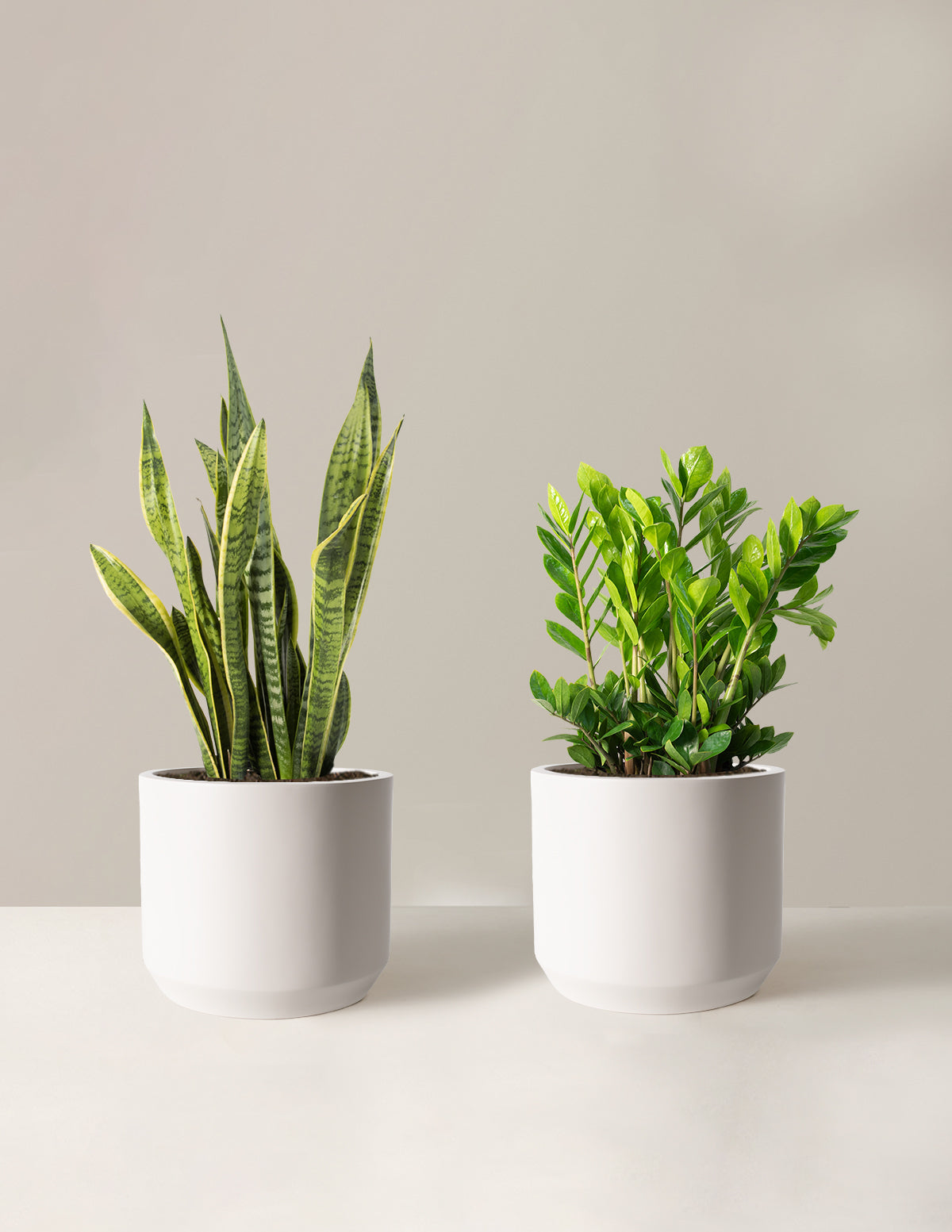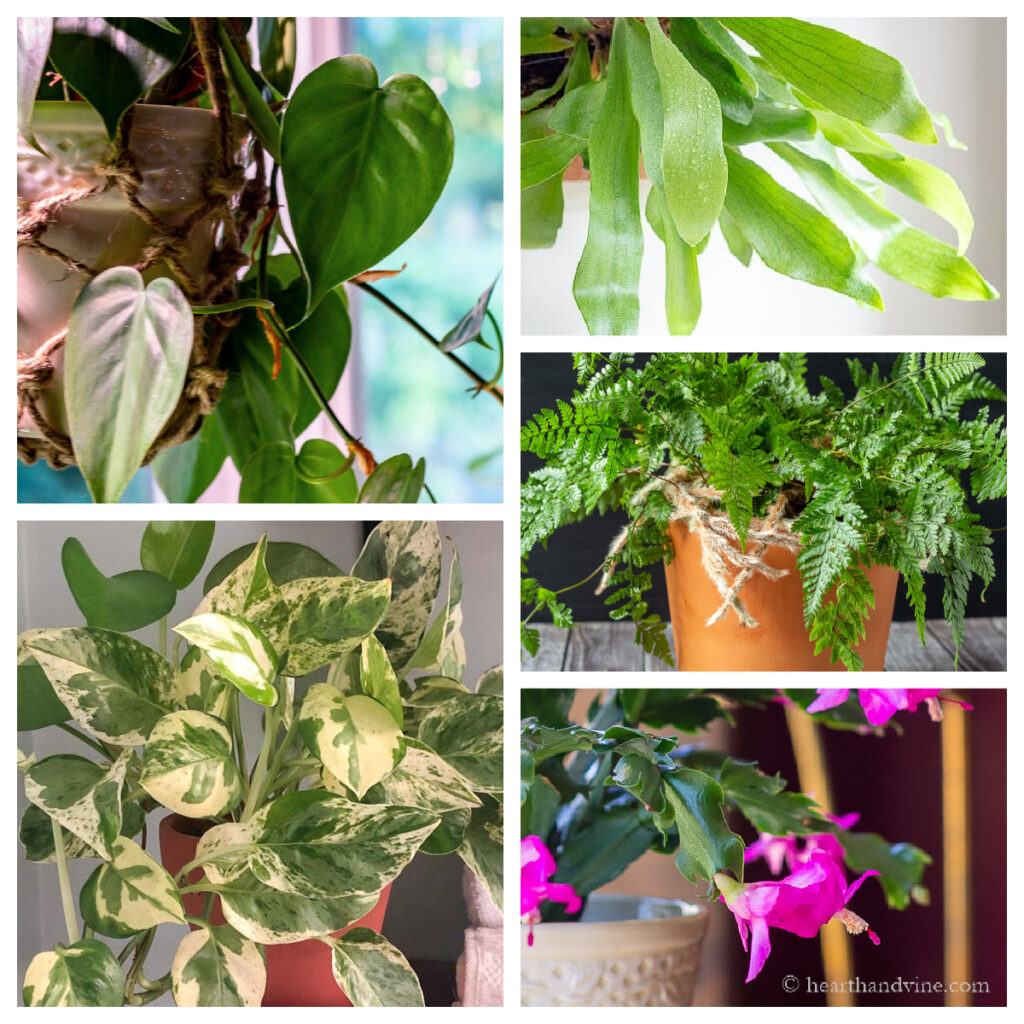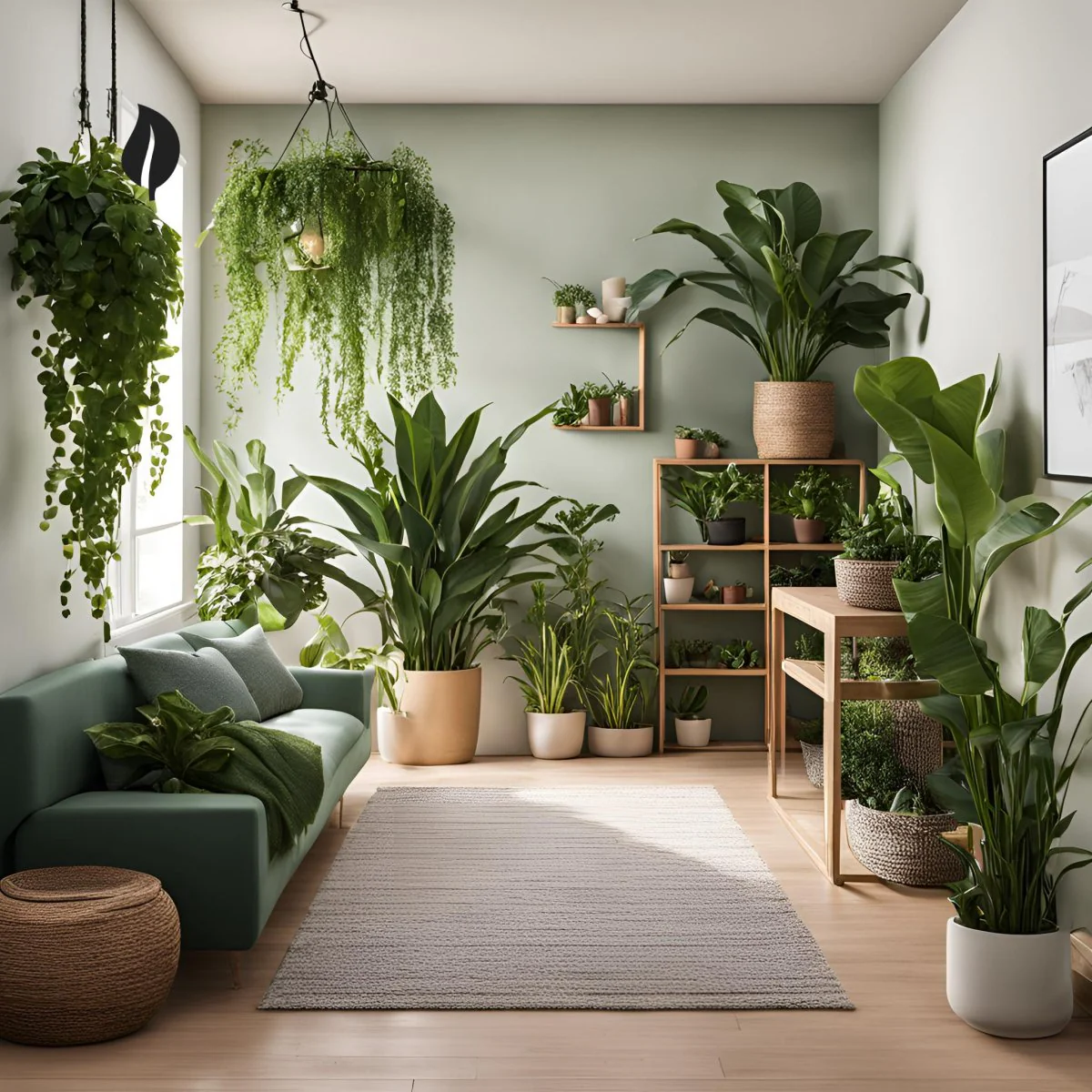The Best Low-Light Indoor Plants for Beginners and Busy Plant Owners
The Best Low-Light Indoor Plants for Beginners and Busy Plant Owners
Blog Article
Reveal the Tricks of Low-Light Indoor Plants and Exactly How They Enhance Your Setting
Low-light interior plants have actually gathered increasing interest for their one-of-a-kind capacity to boost both visual allure and environmental high quality within homes and workplaces. These durable types, including the Snake Plant and Peace Lily, not only flourish in challenging lighting conditions however also play a crucial duty in air filtration and psychological health.
Advantages of Low-Light Indoor Plants
Although lots of people presume that interior plants call for bountiful sunlight to prosper, low-light indoor plants supply a multitude of benefits that make them ideal for different atmospheres. One of the key advantages is their adaptability; they can grow in spaces with minimal all-natural light, such as offices, cellars, or areas with little windows. This feature allows people to boost their environments with greenery, contributing to boosted appearances without the requirement for considerable illumination alterations.
Furthermore, low-light indoor plants can substantially boost interior air top quality by releasing and filtering harmful toxins oxygen, making living spaces healthier. The presence of plants has been linked to higher feelings of tranquility and emphasis.
In addition, low-light plants often require much less upkeep than their sun-loving counterparts, making them optimal for hectic individuals or those new to horticulture. Their strength enables them to love minimal intervention, hence giving a satisfying experience for plant lovers and beginners alike. In summary, low-light interior plants offer both practical and aesthetic purposes, making them valuable enhancements to any type of space.
Leading Low-Light Plant Selections
Low-light indoor plants come in a selection of types, each offering distinct characteristics and advantages fit for dim atmospheres. Among one of the most prominent selections is the Snake Plant (Sansevieria), understood for its building leaves and air-purifying capabilities. This resistant plant flourishes on forget and can tolerate a vast array of light conditions.
An additional outstanding selection is the ZZ Plant (Zamioculcas zamiifolia), which features shiny, dark eco-friendly fallen leaves and is extremely drought-tolerant. Its flexibility makes it a preferred for workplaces and homes with restricted sunshine.
The Pothos (Epipremnum aureum) is also a leading contender, with its tracking vines and heart-shaped leaves - Best low-light indoor plants. This functional plant can be trained to climb up or waterfall, adding aesthetic interest to any type of space

Treatment Tips for Low-Light Plants
Caring for low-light interior plants requires a nuanced understanding of their details requirements to ensure optimum development and vigor. First, it is important to select the ideal potting mix, as a well-draining soil is critical to avoid origin rot. A mix developed for houseplants, usually consisting of peat moss and perlite, works well for a lot of low-light selections.
Watering is another essential element of treatment. Low-light plants usually require less regular watering contrasted to their sun-loving equivalents.
Fertilizing should be approached with caution. During the expanding period, a watered down fluid plant food can be used monthly, but in winter months, numerous low-light plants go into inactivity and call for little to no fertilizing.
Last but not least, it's important to regularly clean up the leaves to eliminate dirt, permitting far better light absorption. By sticking to these care suggestions, you can cultivate a successful setting for your low-light interior plants, boosting both their look and longevity.
Enhancing Air Quality With Plants
Indoor plants play a significant function in improving air high quality within homes and workplace. Via the process of photosynthesis, these plants soak up co2 and launch oxygen, adding to a healthier ambience. Additionally, specific low-light interior plants have the ability to filter damaging contaminants, such as trichloroethylene, formaldehyde, and benzene, which are commonly found in indoor settings.

Furthermore, the presence of interior plants can increase moisture degrees, which assists ease dry skin and breathing issues, even more improving overall health. This capacity to improve air high quality not only promotes physical wellness yet likewise supports psychological health.
Integrating low-light indoor plants right into your living and functioning spaces can lead to an extra lively and invigorating atmosphere (Best low-light indoor plants). Purchasing these all-natural air cleansers is an easy yet effective strategy for enhancing interior air high quality and promoting a much healthier way of life
Developing a Calm Indoor Area
The Read Full Report combination of plants into living rooms not only boosts air high quality but additionally adds to a tranquil ambience. Low-light indoor plants, such as snake plants and pothos, are particularly efficient in creating a calm environment, as they grow in conditions that might otherwise be unwelcoming for other plant. Their lush vegetation provides a soothing visual, decreasing stress and anxiety and promoting leisure.
Integrating these plants right into your home or office can stimulate a sense of peace and health. Tactically positioning them in areas where you invest considerable time, such as living rooms or work areas, permits an immersive experience with nature, which has actually been shown to enhance state of mind and cognitive feature.
Additionally, the mild movement of leaves in action to air movement can create a dynamic aesthetic component that enhances the overall atmosphere. Take into consideration using a variety of plant heights and appearances to include deepness and interest to your space. With thoughtful placement and treatment, low-light interior plants can change any kind of area into a serene sanctuary, fostering not only aesthetic contentment yet additionally emotional and mental health.

Verdict
Integrating low-light interior plants into numerous environments returns substantial benefits, consisting of improved air high quality and boosted aesthetic allure. These hardy types not just thrive in very little light yet also add to a relaxing atmosphere, advertising mental and psychological health. By selecting suitable selections and implementing appropriate treatment strategies, individuals can successfully cultivate a tranquil indoor space that promotes health and productivity. The transformative power of low-light plants highlights their worth in boosting both residential and work-related settings.
Although several individuals presume that indoor plants require bountiful sunshine to prosper, low-light indoor plants provide a wide range of benefits that make them ideal for numerous atmospheres.Furthermore, low-light indoor plants can considerably improve interior air high quality by releasing and filtering system damaging toxic substances oxygen, making living areas healthier. Furthermore, particular low-light more helpful hints interior plants possess the ability to filter unsafe contaminants, such as formaldehyde, benzene, and trichloroethylene, which are typically found in interior environments.
Low-light interior plants, such this post as snake plants and pothos, are specifically effective in developing a peaceful setting, as they flourish in problems that may or else be inhospitable for various other plant.Integrating low-light interior plants into different environments yields substantial benefits, consisting of improved air high quality and boosted aesthetic charm.
Report this page